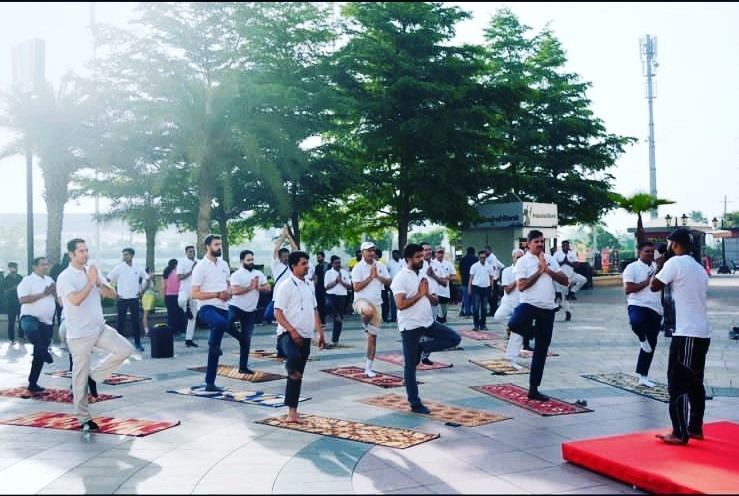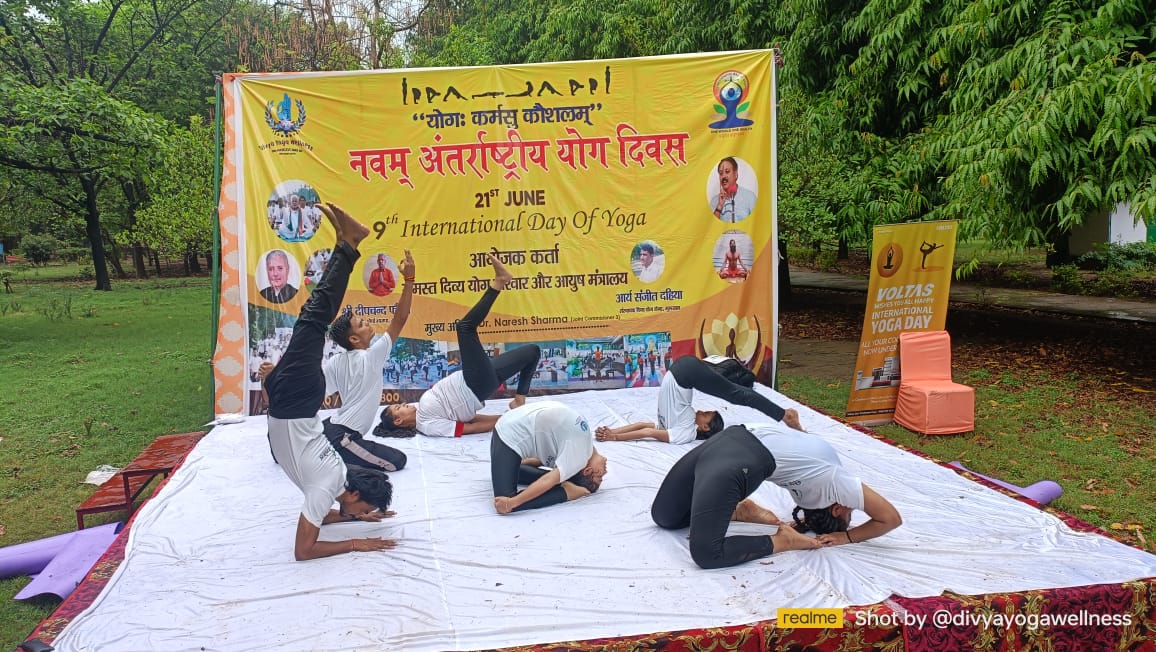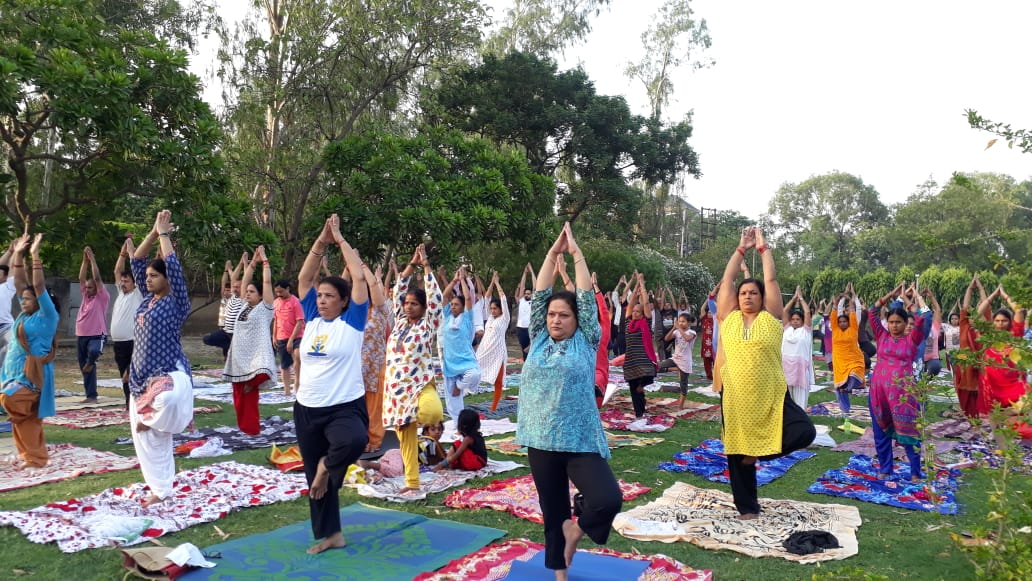Traditional Hatha Yoga
Traditional Hatha Yoga Instructions
Find a quiet and peaceful space to practice.
Choose a comfortable seated position, such as cross-legged or on a chair.
Set aside a regular time each day to practice.
Warm-Up (5-10 minutes)
Neck Stretch: Slowly tilt your head to the side, bringing your ear towards your shoulder. Hold and then release.
Repeat on the other side.
Shoulder Rolls: Roll your shoulders forward and backward in a circular motion.
Chest Expansion: Place your hands on your thighs and take deep breaths, expanding your chest.
Leg Raises: Lift one leg off the ground, keeping it straight, and hold for a few seconds. Lower and repeat with the
other leg.
Asanas (Postures)
Mountain Pose (Tadasana): Stand tall, feet hip-width apart, arms by your sides.
Downward-Facing Dog (Adho Mukha Svanasana): Hands and feet on the ground, lift your hips up and back, straightening
your arms and legs.
Cobra Pose (Bhujangasana): Lie on your stomach, hands under your shoulders, and lift your chest and head off the
ground.
Cat-Cow Pose (Marjaryasana-Bitilasana): On your hands and knees, arch your back and lift your tailbone (like a cat),
then round your back and tuck your chin towards your chest (like a cow).
Seated Forward Fold (Paschimottanasana): Sit on the ground and reach for your toes, keeping your knees slightly bent.
Plank Pose (Phalakasana): Hands under your shoulders, engage your core, and straighten your arms and legs.
Tree Pose (Vrksasana): Stand on one leg, with the other foot resting on the inner thigh.
Pranayama (Breathing Exercises)
Alternate Nostril Breathing: Close one nostril with your finger and inhale through the other. Then, switch and exhale
through the other nostril.
Bellows Breath: Inhale and exhale quickly through your nose, like a bellows.
Kapalabhati Breathing: Inhale passively, then exhale actively, drawing your navel towards your spine.
Meditation (5-10 minutes)
Find a comfortable seated position or lie down.
Close your eyes and focus on your breath.
When your mind wanders, gently bring your attention back to your breath.
Final Relaxation (5-10 minutes)
Lie down or sit comfortably.
Release all tension and relax your body.
Focus on your breath, feeling calm and peaceful.
Remember, Traditional Hatha Yoga is a journey, and it's essential to:
Listen to your body and modify or rest when needed.
Practice regularly to experience the benefits.
Seek guidance from a qualified yoga teacher or instructor.













